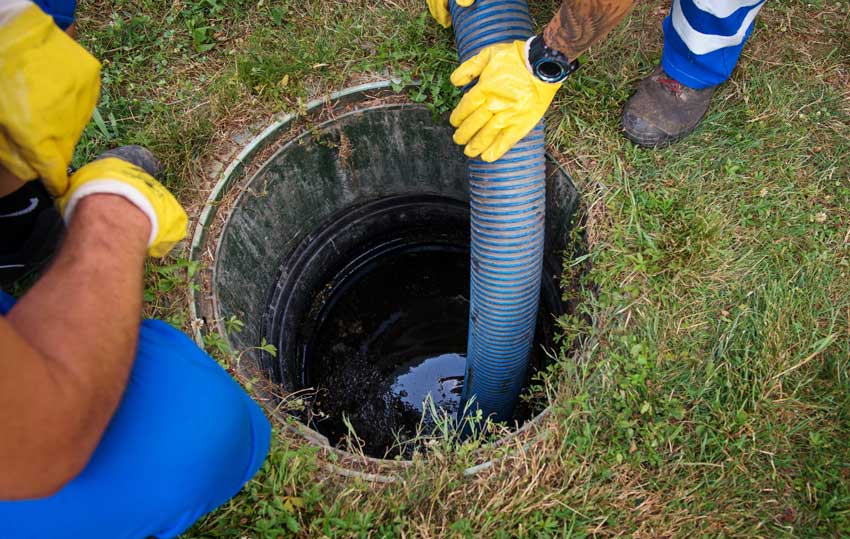
As summer fades and cooler weather sets in, it’s the perfect time to prepare your septic system for the demands of the coming months. Fall is a transition season: your household habits shift, rainfall patterns change, and winter’s freezing conditions aren’t far behind. Proper maintenance now can prevent costly repairs and help your system run efficiently all year long.
Pump and inspect the tank
One of the most important steps before winter is scheduling a professional pumping and inspection. Tanks should be pumped every three to five years, depending on household size and usage, but fall is a great time to have yours checked regardless. An inspection will reveal early signs of clogs, leaks, or structural issues. Addressing these problems before freezing weather makes access more difficult can save you serious headaches later.
Clear the drainfield
Your drainfield is just as critical as the tank. During fall yard cleanup, keep heavy equipment, fallen branches, and leaves off the drainfield. Organic debris can trap moisture and compact the soil, limiting the field’s ability to absorb wastewater properly. If you’re planning seasonal landscaping, avoid planting trees or shrubs with invasive root systems too close to this area.
Check for leaks and drips
Colder months usually mean more time spent indoors, which can add stress to your septic system. Take time now to repair any leaky faucets, running toilets, or dripping fixtures. Even small, constant flows of water can overload the system, reducing treatment efficiency and increasing the risk of backups.
Insulate before frost arrives
As the ground cools, septic components become more vulnerable to freezing. Consider adding a layer of mulch, straw, or leaves over shallow pipes and the drainfield to act as insulation. This is especially important if your system has a history of freeze-ups or if you live in a region with harsh winters.
Practice smart water use
With holidays approaching, gatherings and extra cooking often mean heavier water use. Spread laundry loads across the week, run full dishwasher cycles instead of half loads, and encourage guests to be mindful of water usage. These small habits reduce stress on the system and help it recover between peak demands.
In summary: Fall septic maintenance is all about prevention. Pumping and inspecting your system, protecting the drainfield, fixing leaks, insulating vulnerable components, and managing water wisely will prepare your septic system for the colder months ahead. A little care now ensures peace of mind and keeps your system running smoothly through the fall and winter seasons.

